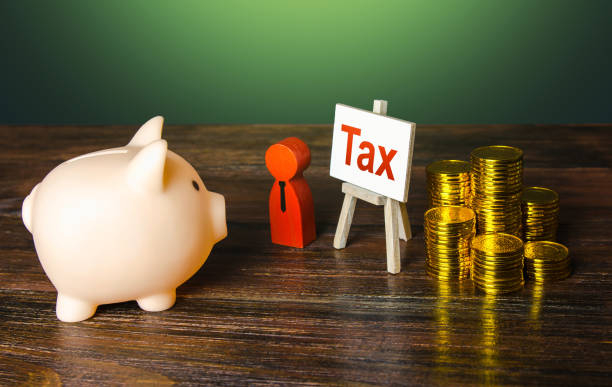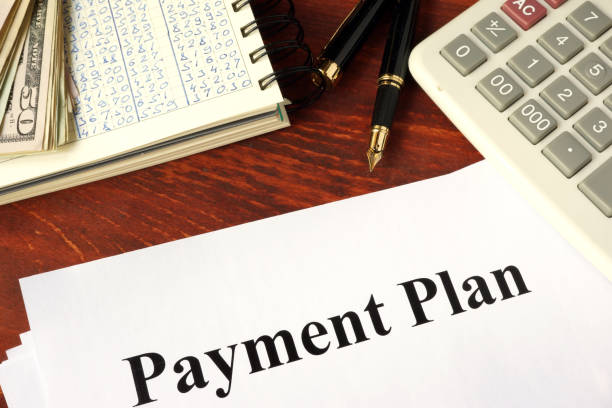Repaying a maintenance loan can seem daunting, especially if you’re dealing with other financial pressures such as tuition fees and living expenses. As a student or recent graduate, it’s important to understand the various repayment options available and find the best solution for your unique financial situation. Whether you’re struggling with debt or looking for ways to manage your student loans effectively, this guide will walk you through the steps to take control of your repayments and work towards a Debt-Free Future.
1. Know Your Repayment Terms
Before you dive into repayment options, it’s essential to understand how your maintenance loan is structured. Typically, repayments begin when you start earning above a certain threshold. For loans issued by the UK government, the repayment amount is based on your income rather than the total amount you owe. Be sure to check the terms of your loan to understand when payments will begin and the income level at which you’ll need to start repaying. If you’re uncertain, visit the official student loan service websites for guidance on repayment schedules.
2. Income-Based Repayments
The most common repayment structure for a maintenance loan is income-based repayment. With this option, you will repay a set percentage of your income above a specific threshold. This is typically around 9% of your income above the repayment threshold, and the payments will be deducted automatically from your salary if you are employed. If you’re self-employed, you’ll need to report your income to HMRC and make repayments through your self-assessment tax return.
If you’re struggling to make these payments or your income fluctuates, you may be eligible for Debt Relief options. It’s important to review your budget and seek help if your income isn’t sufficient to meet repayment demands.
3. Deferment and Postponement
If you’re not earning enough to make the minimum repayment, you may be able to defer or postpone payments. Deferment typically applies to those in lower-paying jobs or those temporarily unable to work due to illness or other circumstances. You’ll need to apply to your loan provider to request deferment, and you may be asked to provide evidence of your current financial situation.
If you’re a graduate who has not yet secured employment or your income falls below the repayment threshold, you may also be eligible to postpone repayments until you earn enough. Keep in mind that interest will continue to accrue during deferment or postponement, so while you’re not required to make payments, the loan balance will grow over time.
4. Making Extra Payments to Pay Off Your Loan Sooner
If you find that you’re able to make extra payments on top of your regular repayments, doing so can reduce the overall interest paid and shorten the time it takes to pay off your loan. You can make lump sum payments whenever you have the extra funds, or you can increase your regular repayments. This can be a great option if you’re in a good financial position, such as after a raise at work or a freelance job that provides supplementary income.
Paying off your maintenance loan faster can save you money in the long run, but it’s crucial to balance this with other financial goals, such as saving for emergencies or paying off higher-interest debt.
5. Explore Loan Consolidation or Refinancing
If you’re struggling with multiple student loans or other forms of debt, consolidating your loans into a single, manageable repayment plan may be an option. Loan consolidation combines your loans into one monthly payment, which can simplify repayment and potentially lower your interest rate.
Alternatively, refinancing your student loan with a private lender may also reduce your interest rate or change the repayment terms to better suit your financial situation. However, refinancing may not be suitable for everyone, especially if you’re dealing with high levels of debt, and it’s important to weigh the pros and cons carefully.
6. Consider an IVA for Debt Management
If you’re finding that your maintenance loan is just one part of a larger financial struggle, you might want to consider an Individual Voluntary Arrangement (IVA). An IVA is a legally binding agreement between you and your creditors to repay part of your debt over a set period, typically five years. If you’re struggling with multiple debts, an IVA can provide a manageable way to get back on track while working towards a Debt-Free Future.
7. Bankruptcy as a Last Resort
If you’re unable to manage your debt and your maintenance loan payments, and other options like an IVA are not viable, bankruptcy may be the last resort. Bankruptcy is a legal process that can help you clear your debt but comes with serious consequences, including a long-lasting impact on your credit score. It’s essential to explore all other options, such as an IVA or Debt Relief, before considering bankruptcy.
Check if you qualify for IVA#DebtManagement #MaintenanceLoan #DebtFreeFuture #StudentLoans #DebtRelief #Bankruptcy #TuitionFees #DebtAdvice #DebtFreeLiving #IVA #FinancialFreedom #DebtSolutions #StudentDebt #Budgeting #FinancialWellness #StudentLoanRepayment #DebtHelp #PersonalFinance #DebtReliefOptions #FinancialPlanning #DebtRecovery





